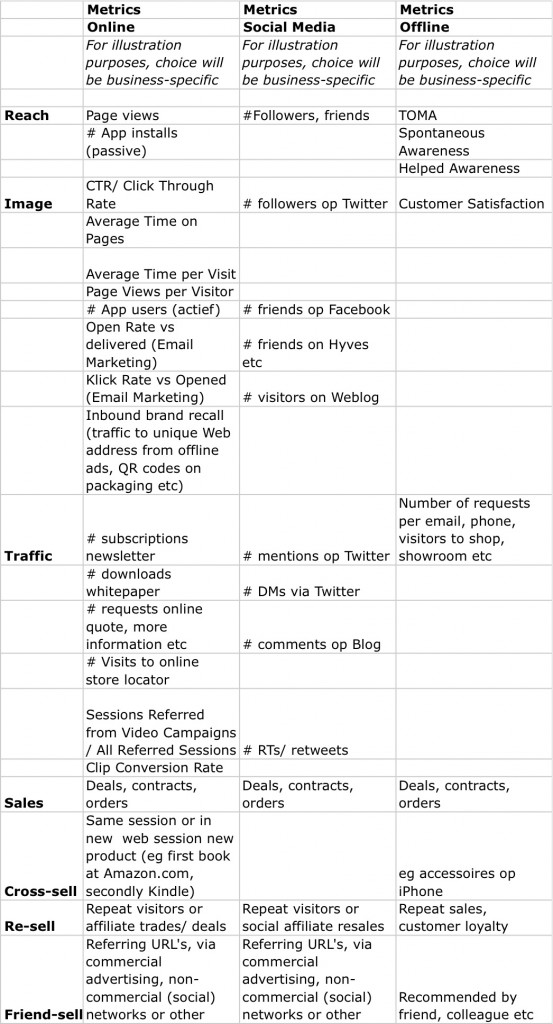Social media play a pivotal role in B2B, even more so than in B2C. This is the key conclusion from the GlobalWebIndex Research involving interviews with 17,425 decision makers in 27 markets from July 2009 to June 2011 (this, by the way, makes one wonder why the results seem to have only been published this Fall).
Four clear trends were identified:
#1. B2B decision makers are the most socially engaged in the world: B2B decision makers are the most socially active consumers for all markets and demographics.
#2. B2B decision-makers stand out most in developed markets. In developing markets such as China they are still more active than the norm but the gap is significantly smaller.
#3. Social media communications has the most influential channel for business purchases globally, out ranking even face-to-face meetings, conferences, client entertaining or traditional trade advertising in most markets.
#4. B2B decision-makers are increasing their usage of social media: Despite an already high level of usage between July 2009 and July 2011, for example, social network usage increased from 41% to 60%, while micro-blogging grew from 21% to 39%.
These insights show social business opportunities are to be taken seriously in B2B. As the trust and people factors in B2B are even greater here, these findings should confirm what most of you already were expecting. However, a bit more background on the (set-up of this) survey would make these findings even more compelling. And could take away doubts people still have on social business in B2B – as phrased in the questions below.
> Couldn’t the results demonstrate that B2B senior people spend a greater proportion online each 24 hours than the ‘average person online’?
> Is the usage of social networks by B2B decision makers (as assessed in this survey) always related to making a business decision?
> Or could their social media time be explained as a way to pleasantly pass the time – waiting for their airplane or train – uploading pics to Flickr or reading their cousin’s funny tweets or posts on Facebook?
Your thoughts/ suggestions are – as always – highly appreciated.



